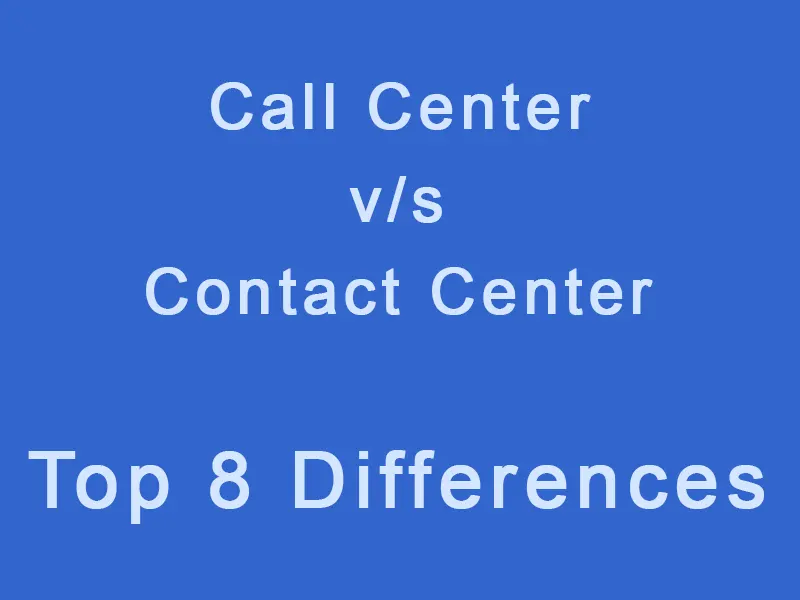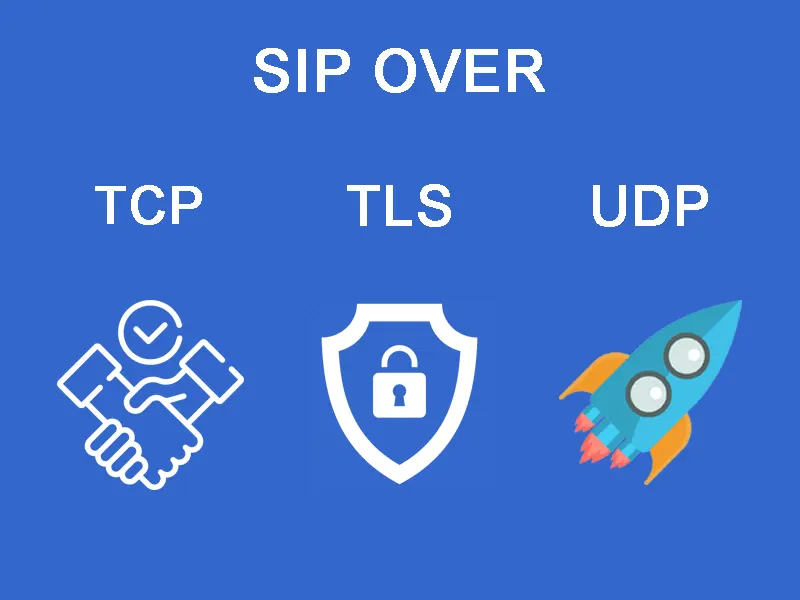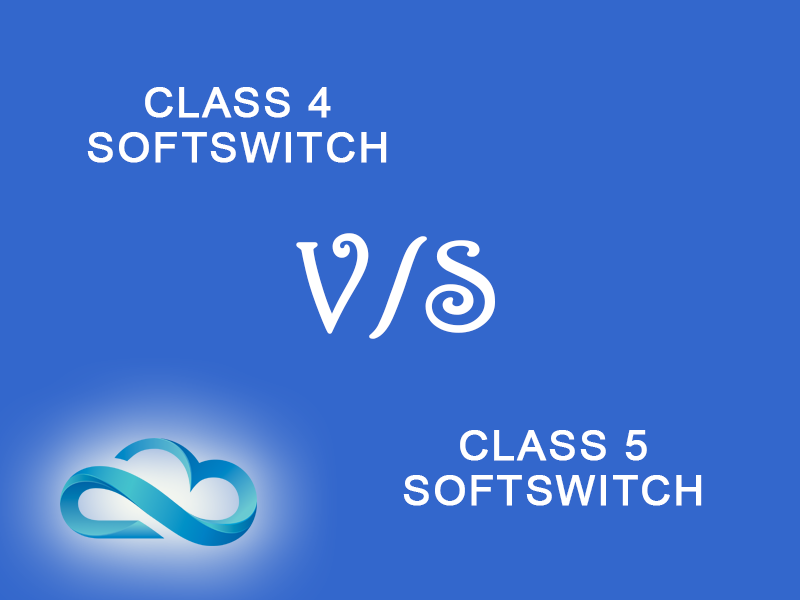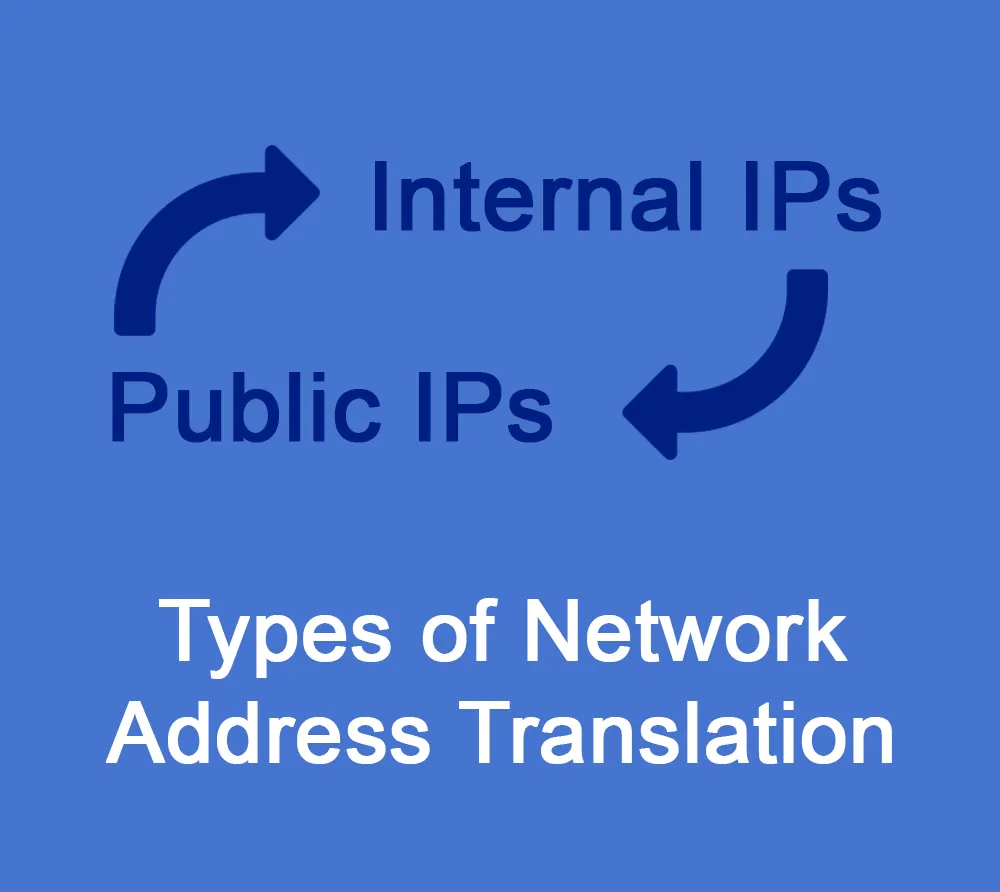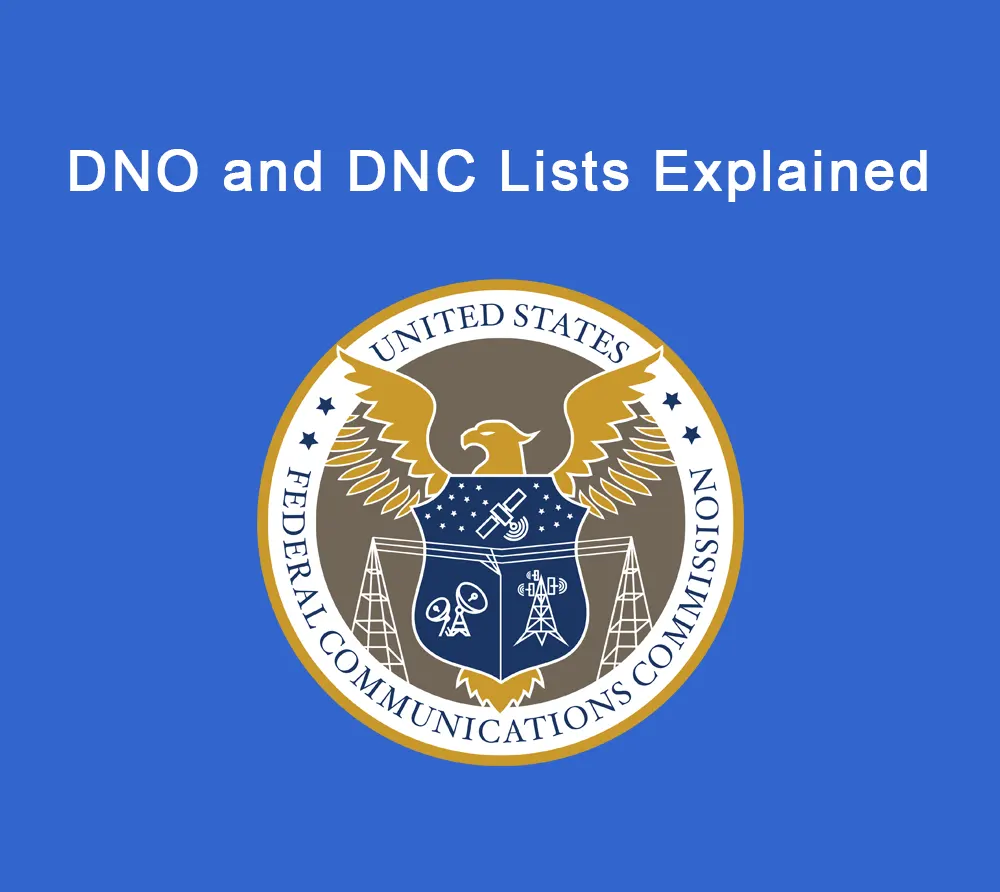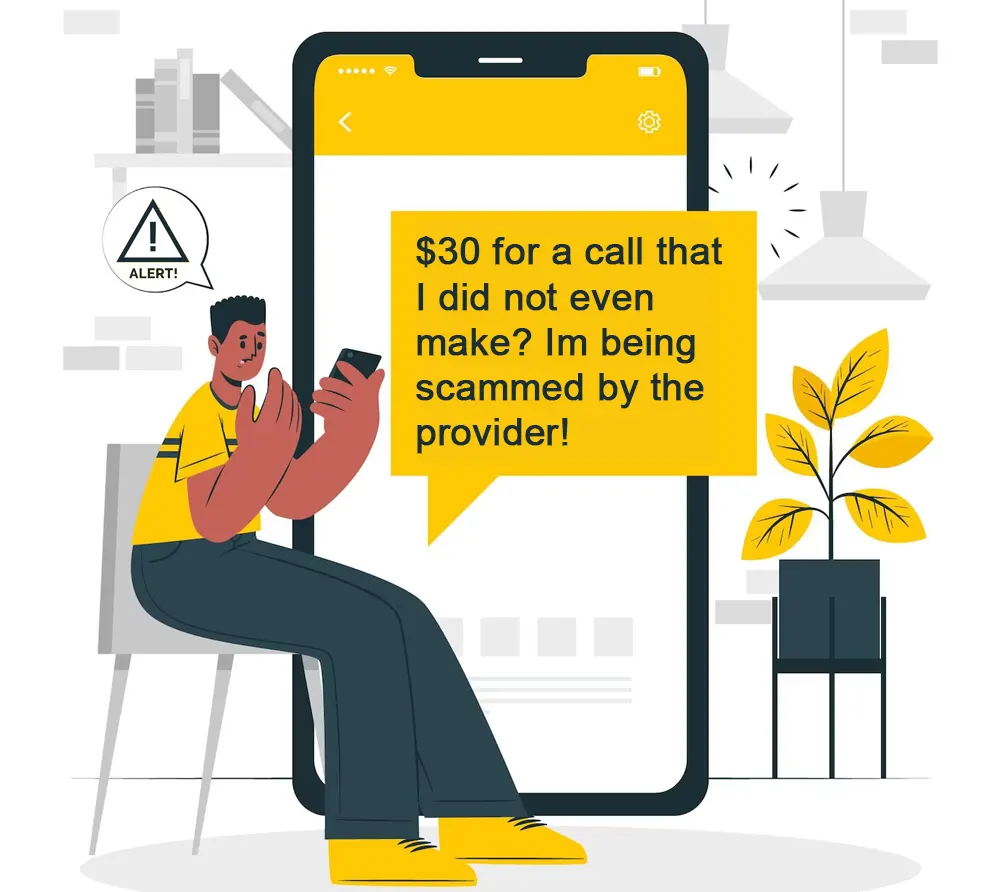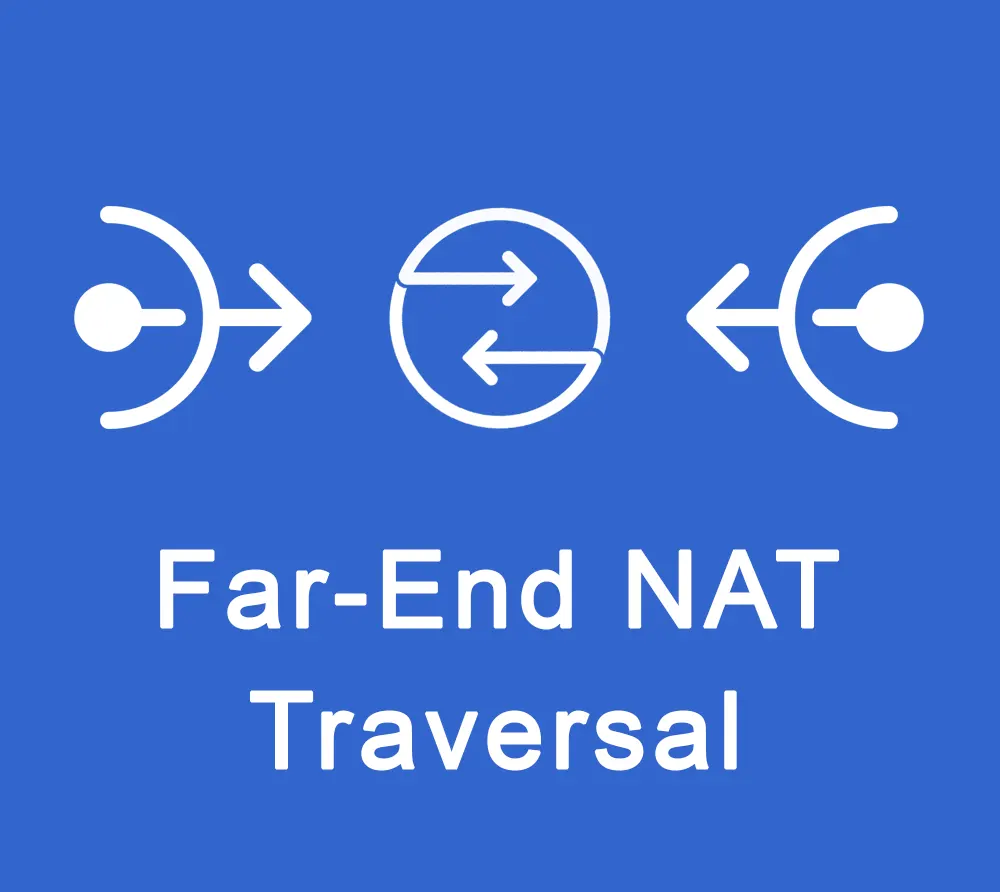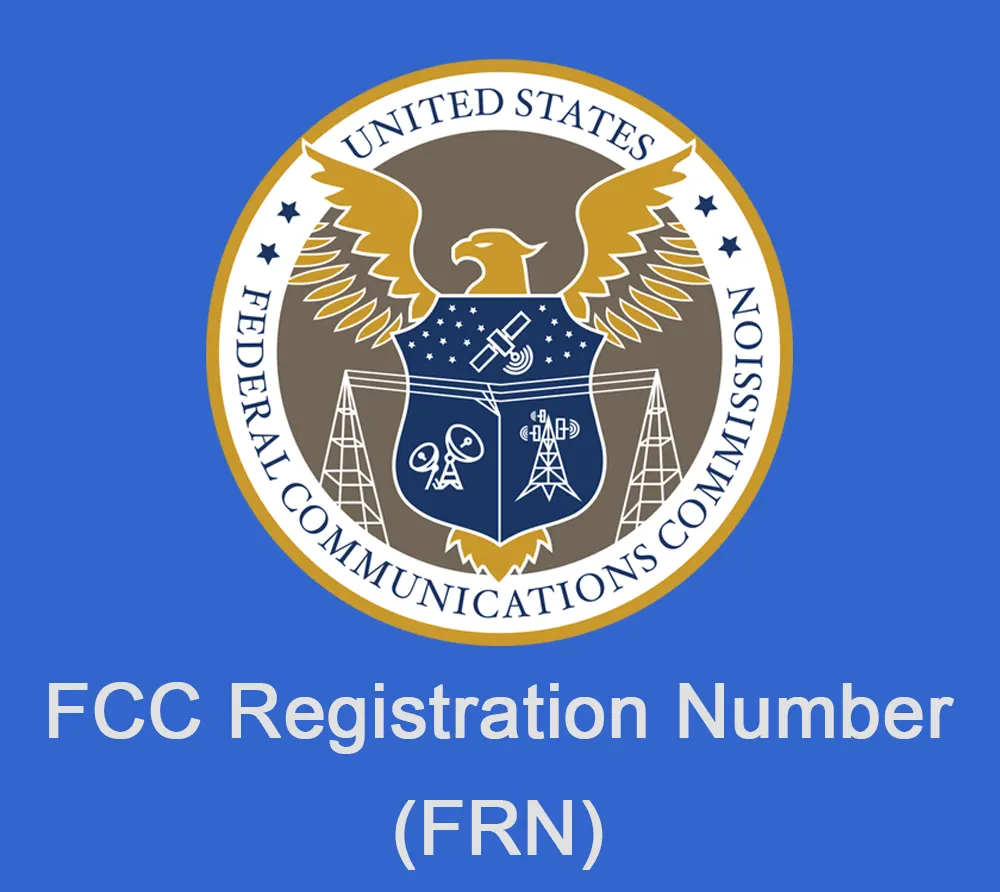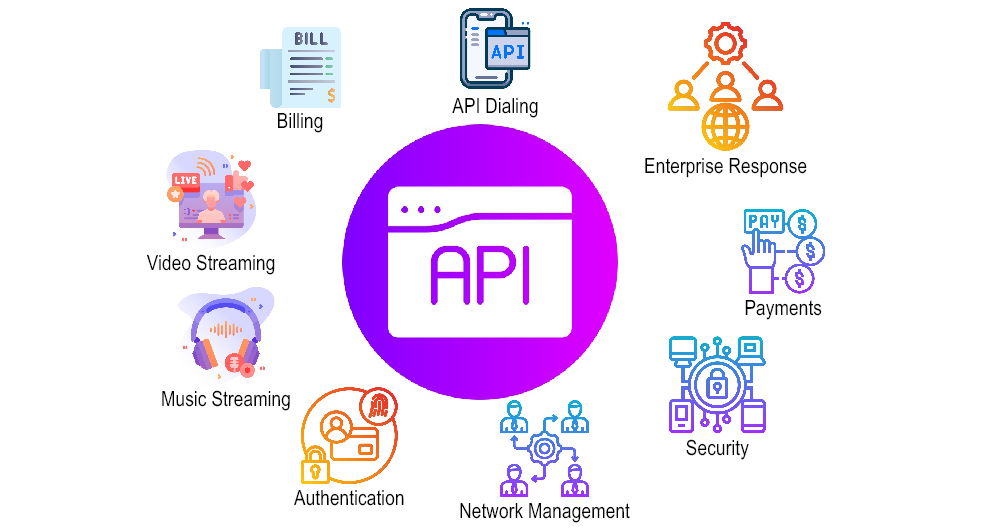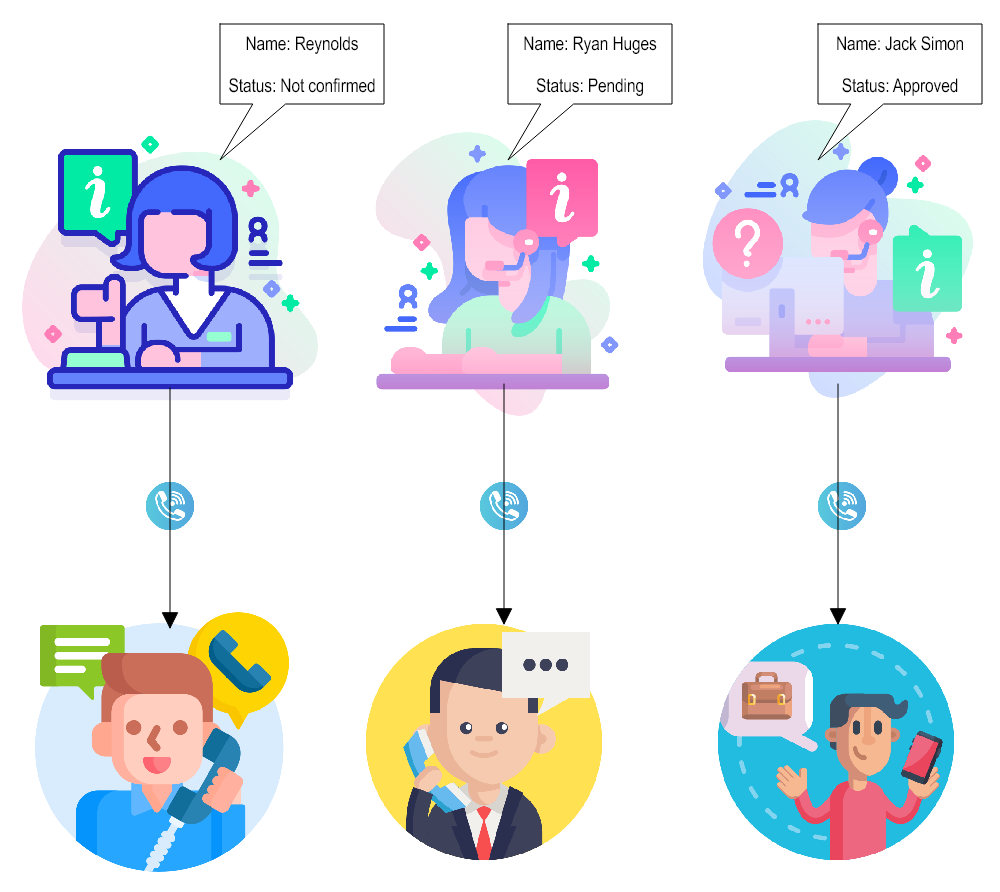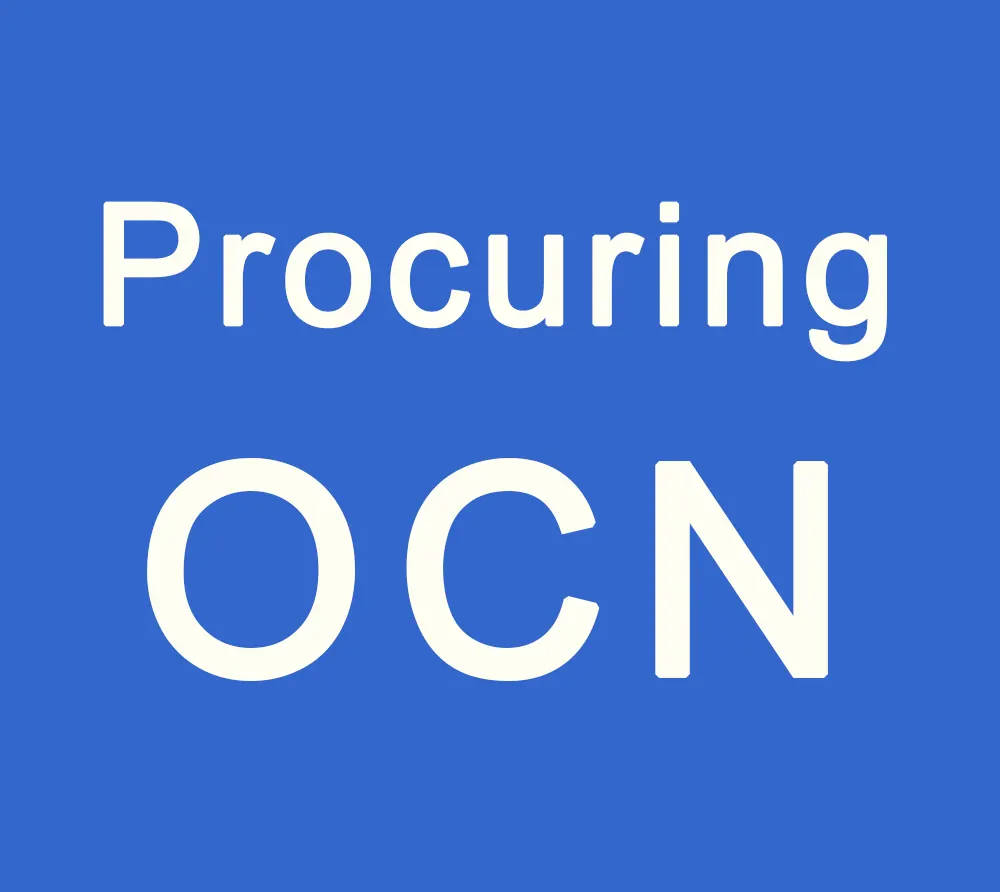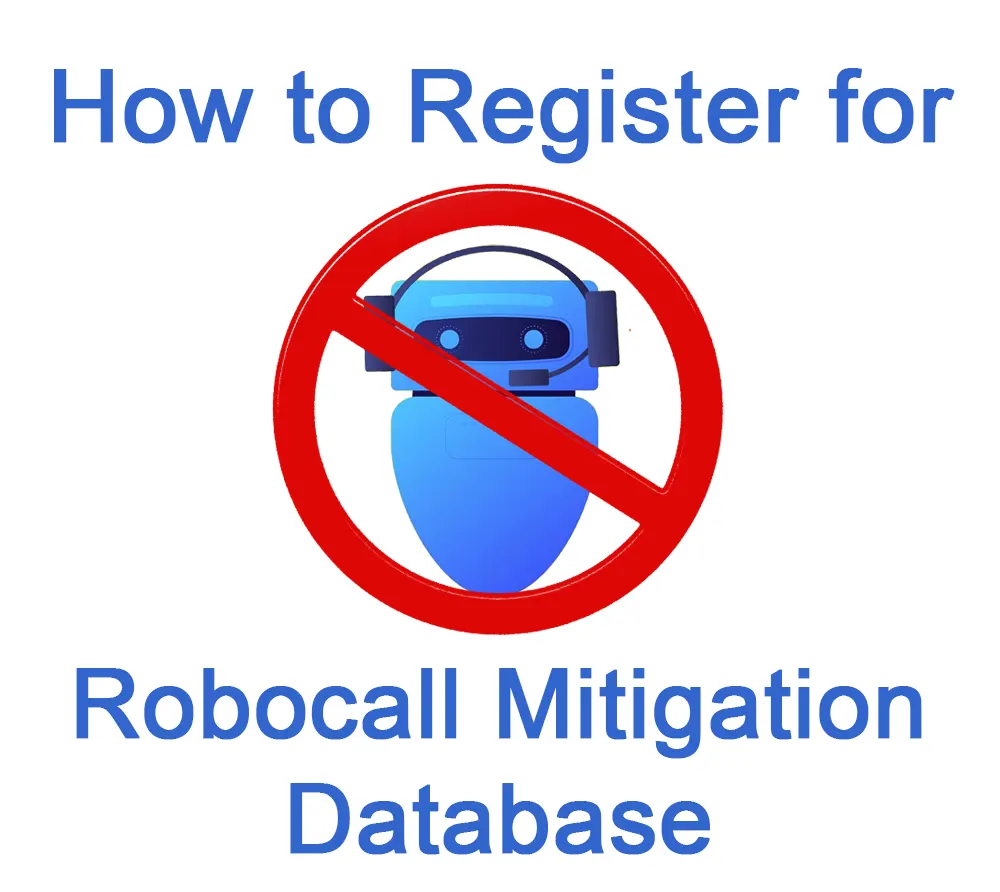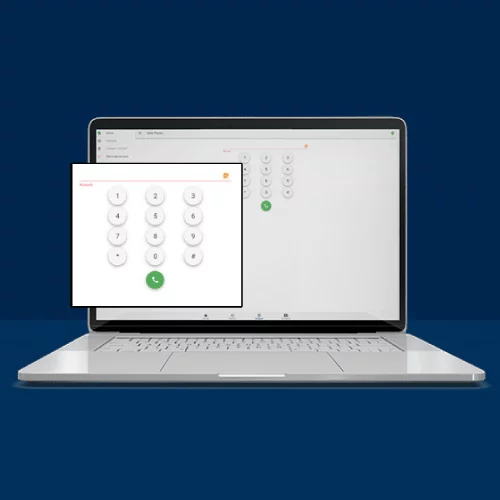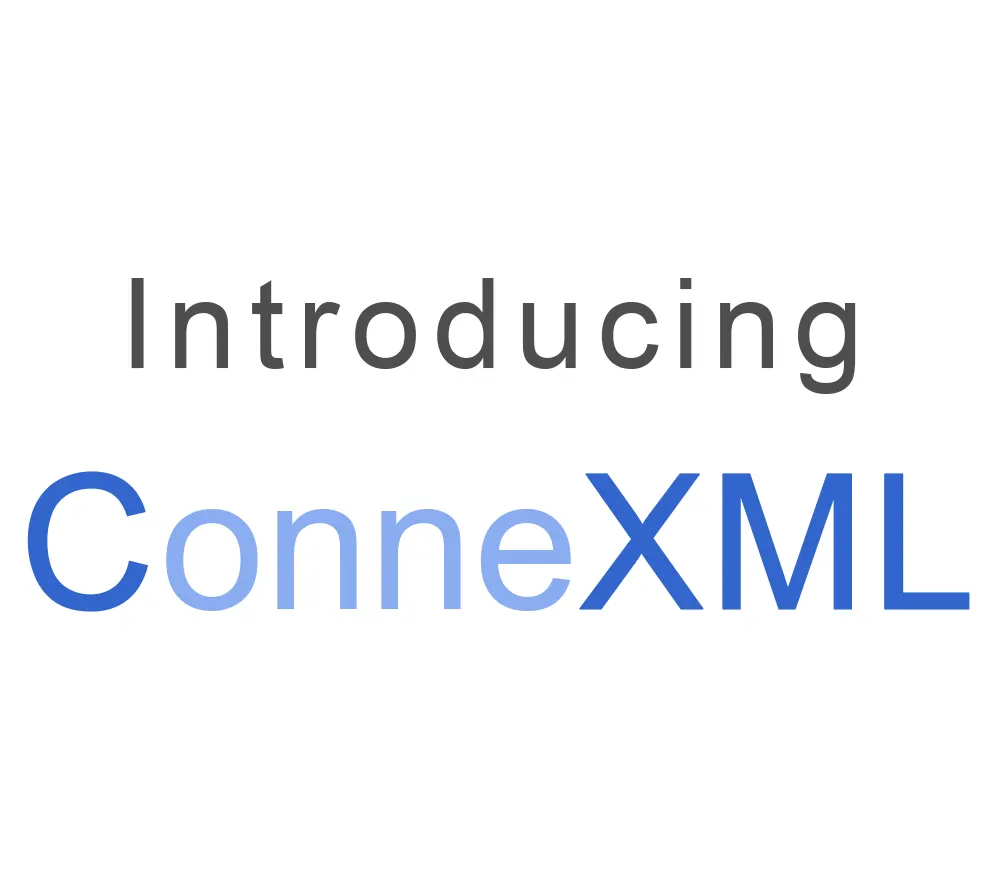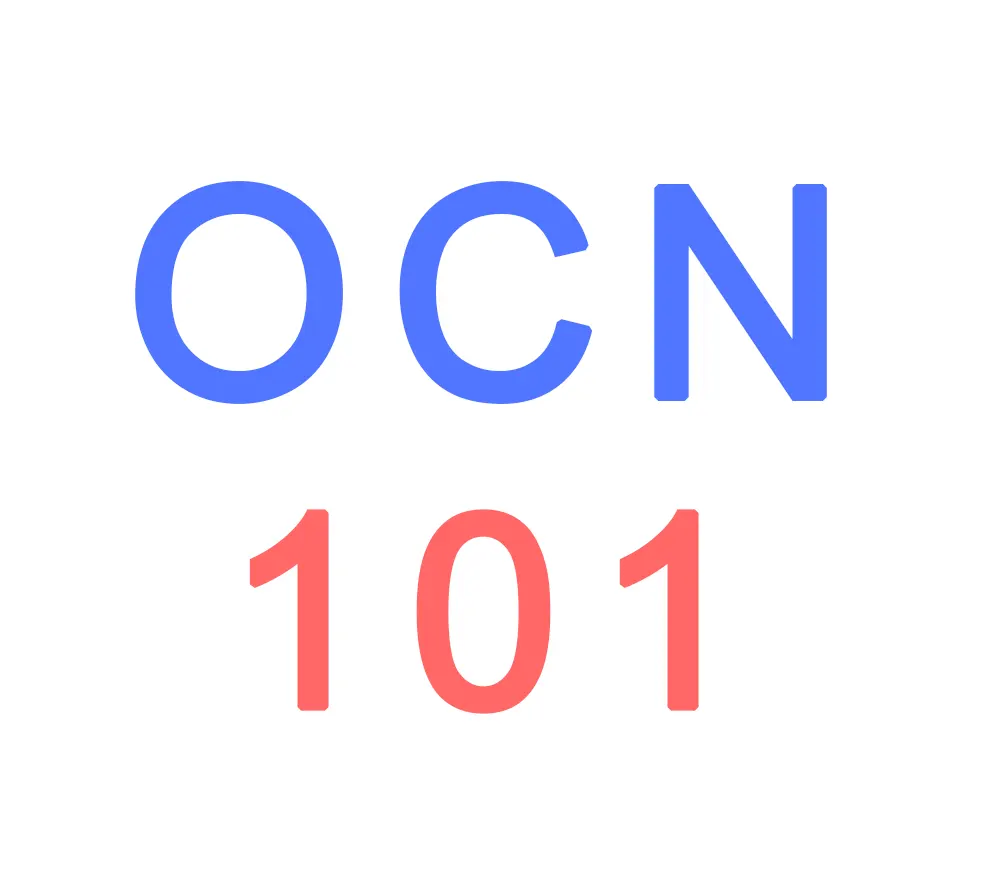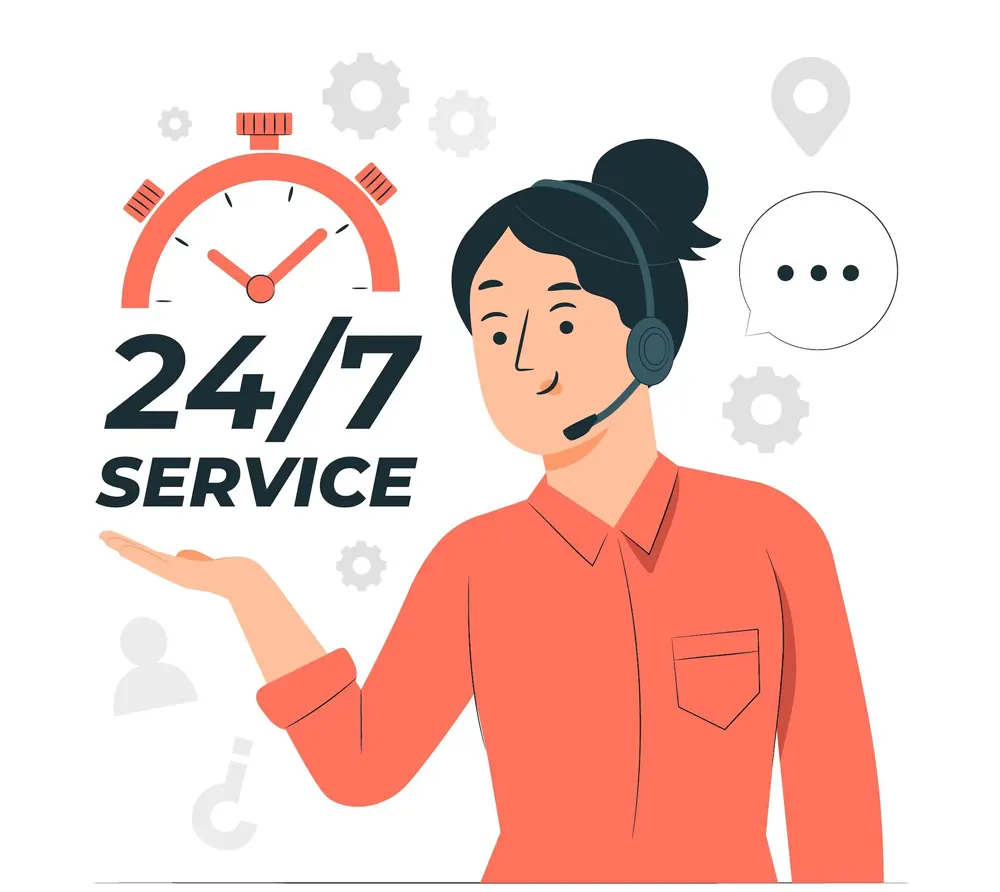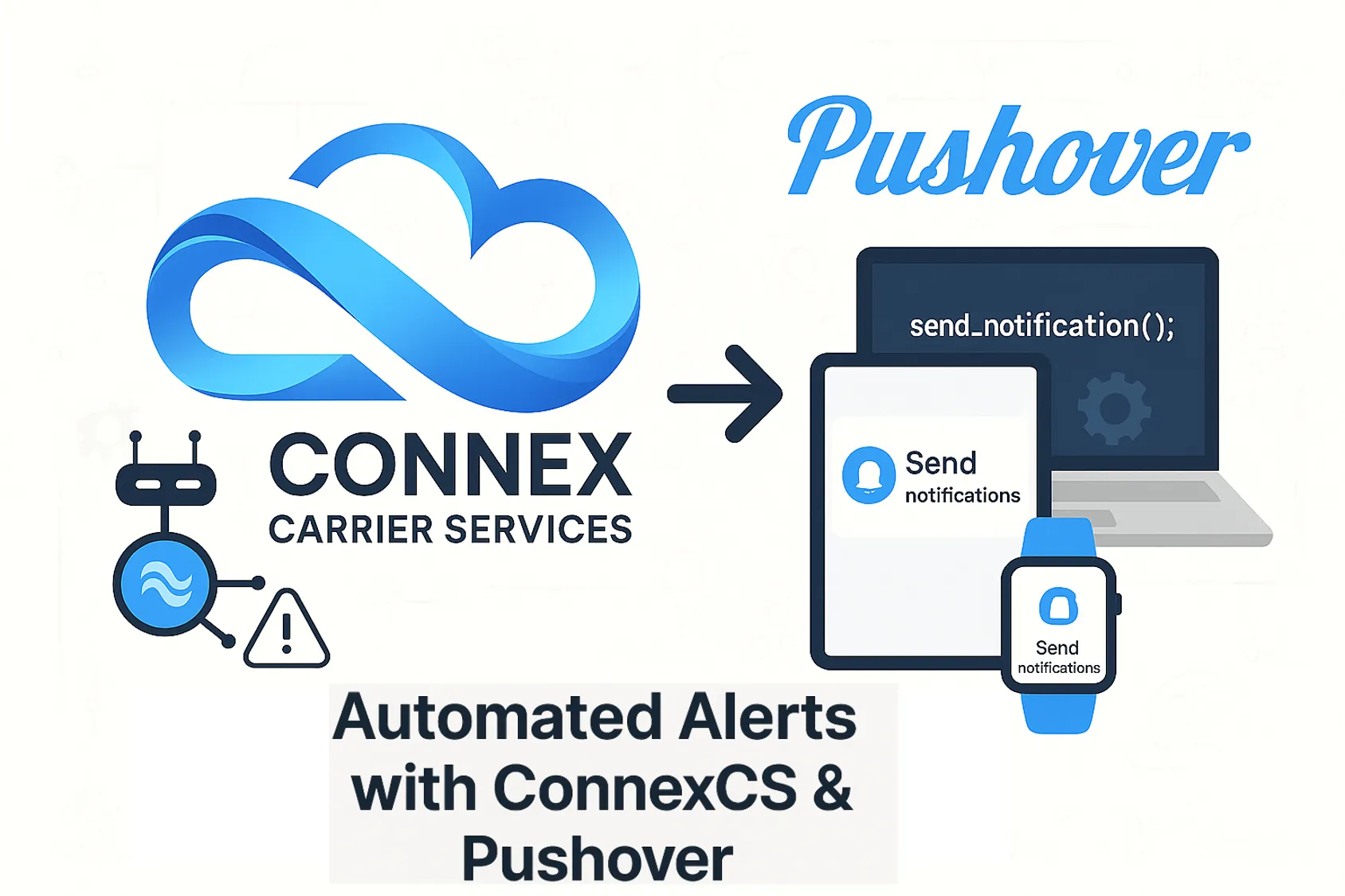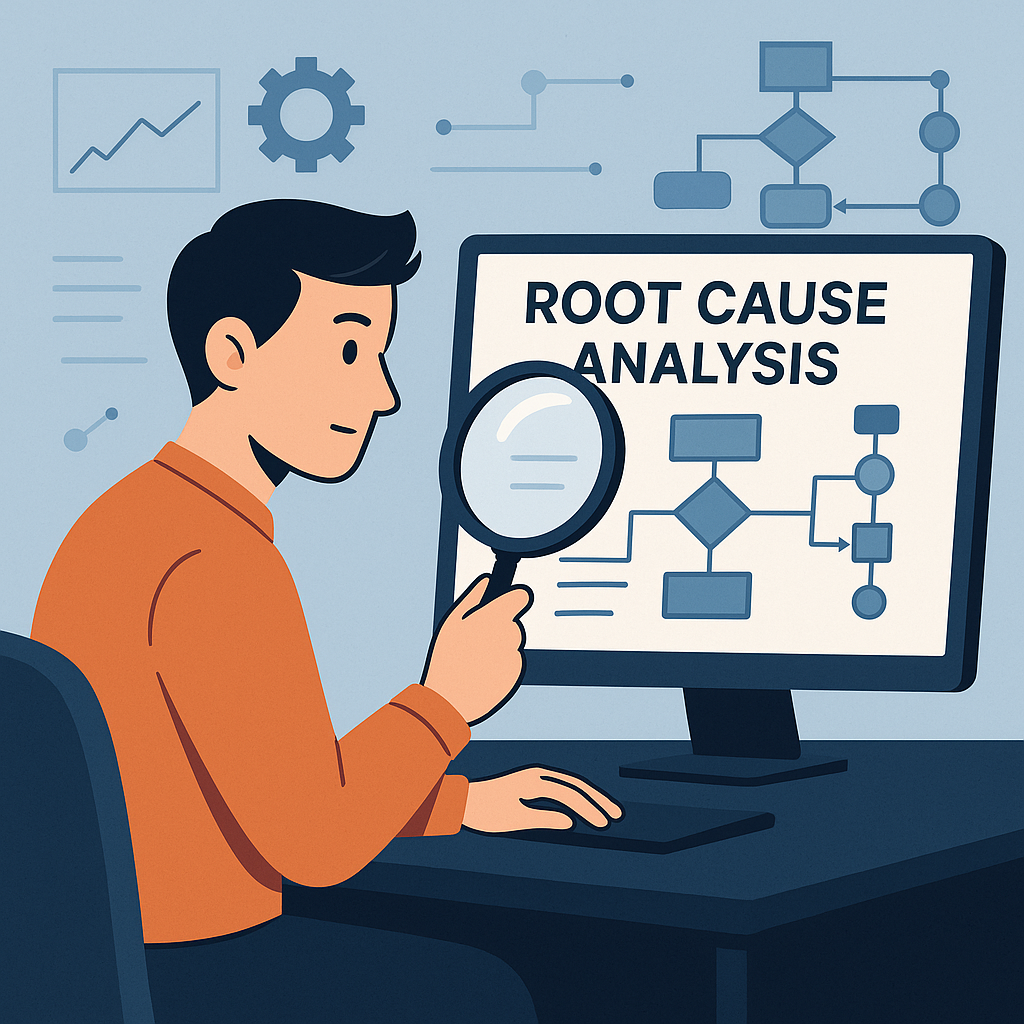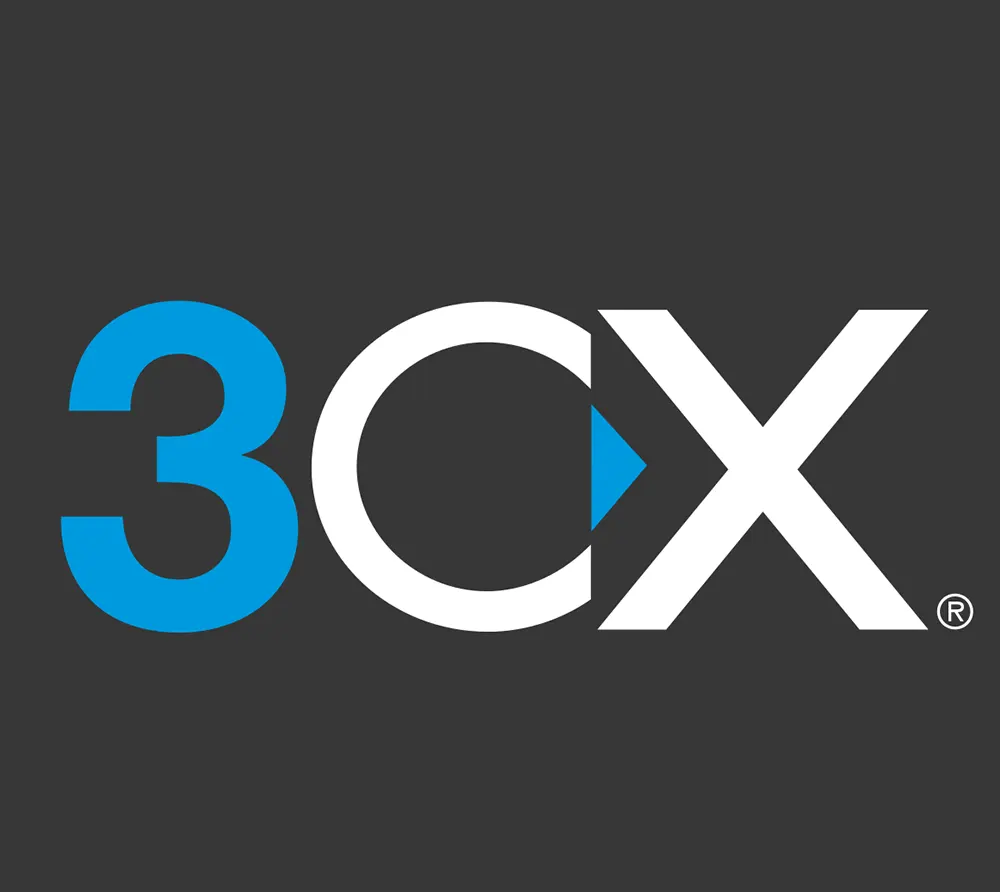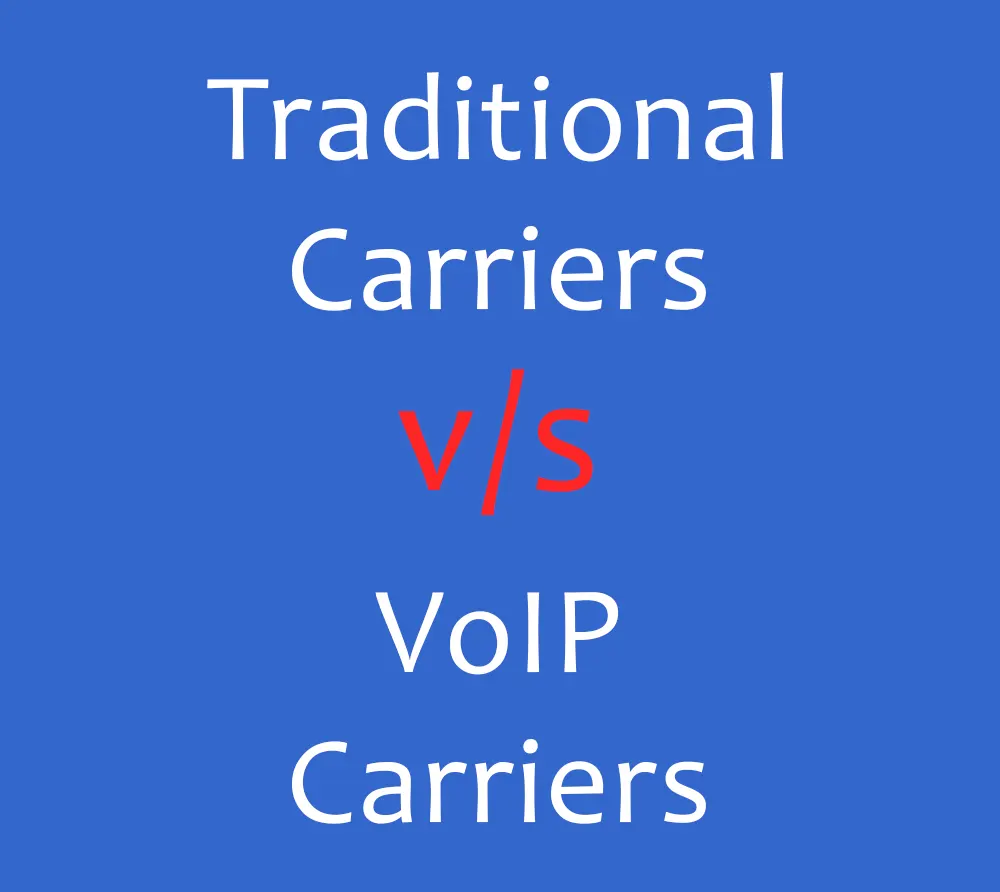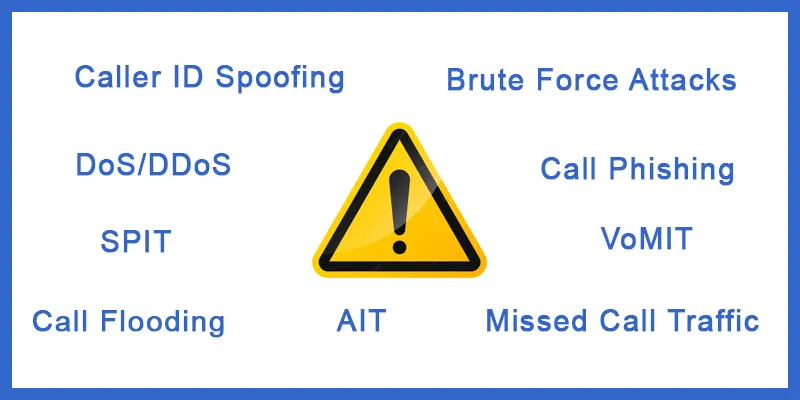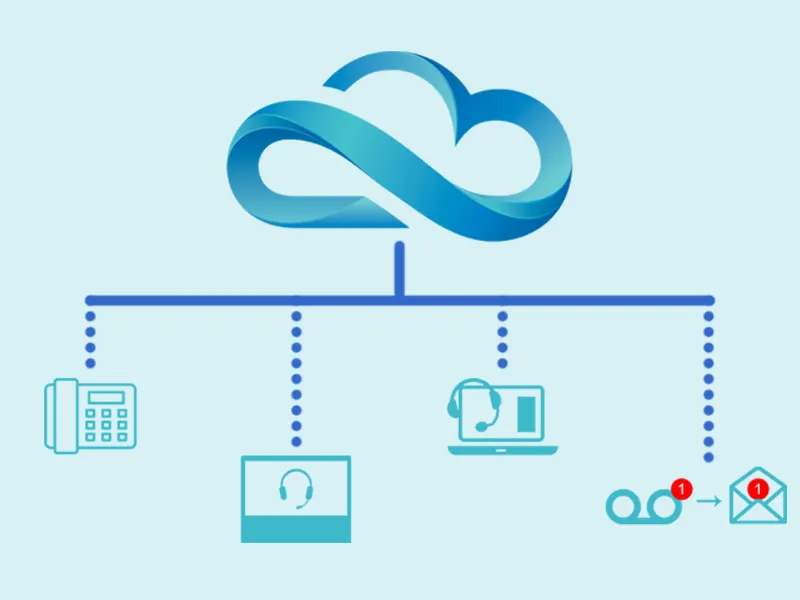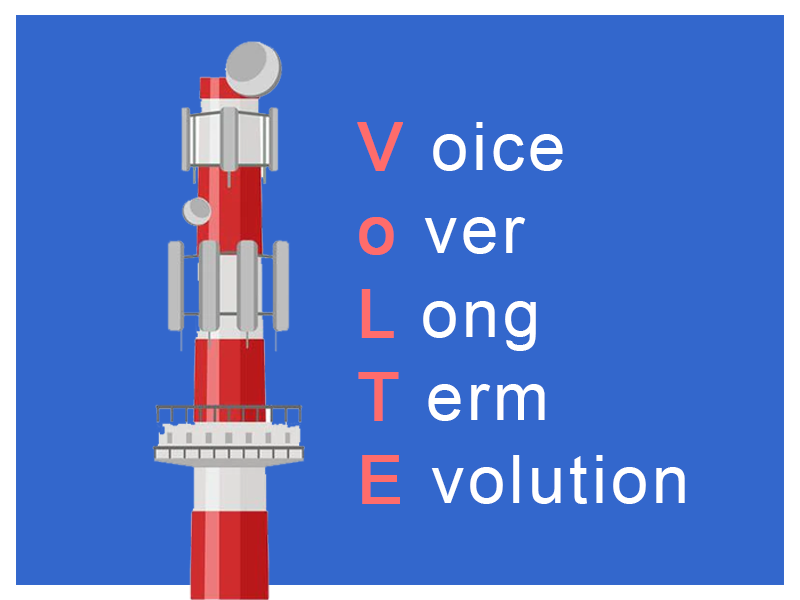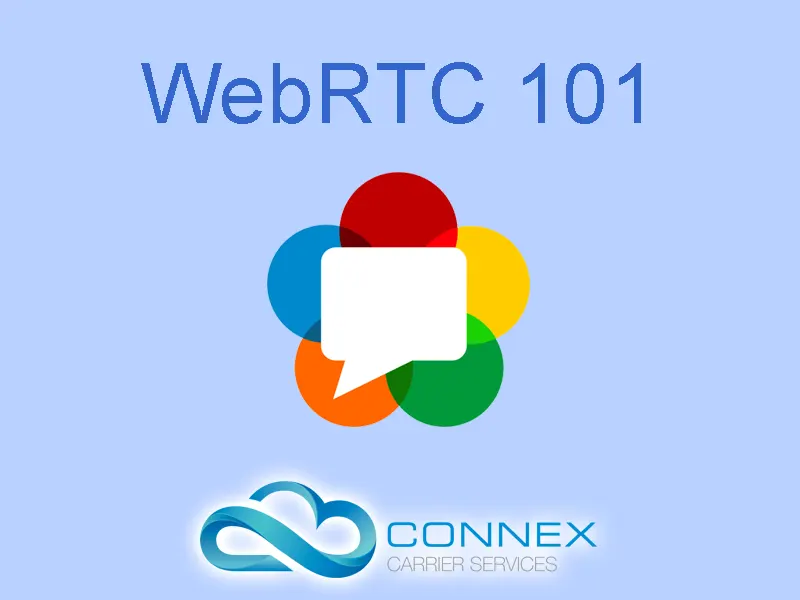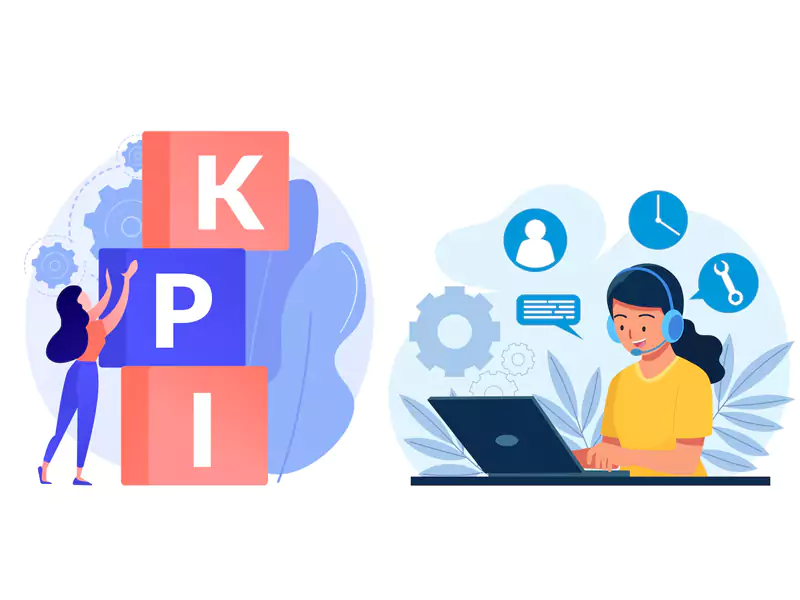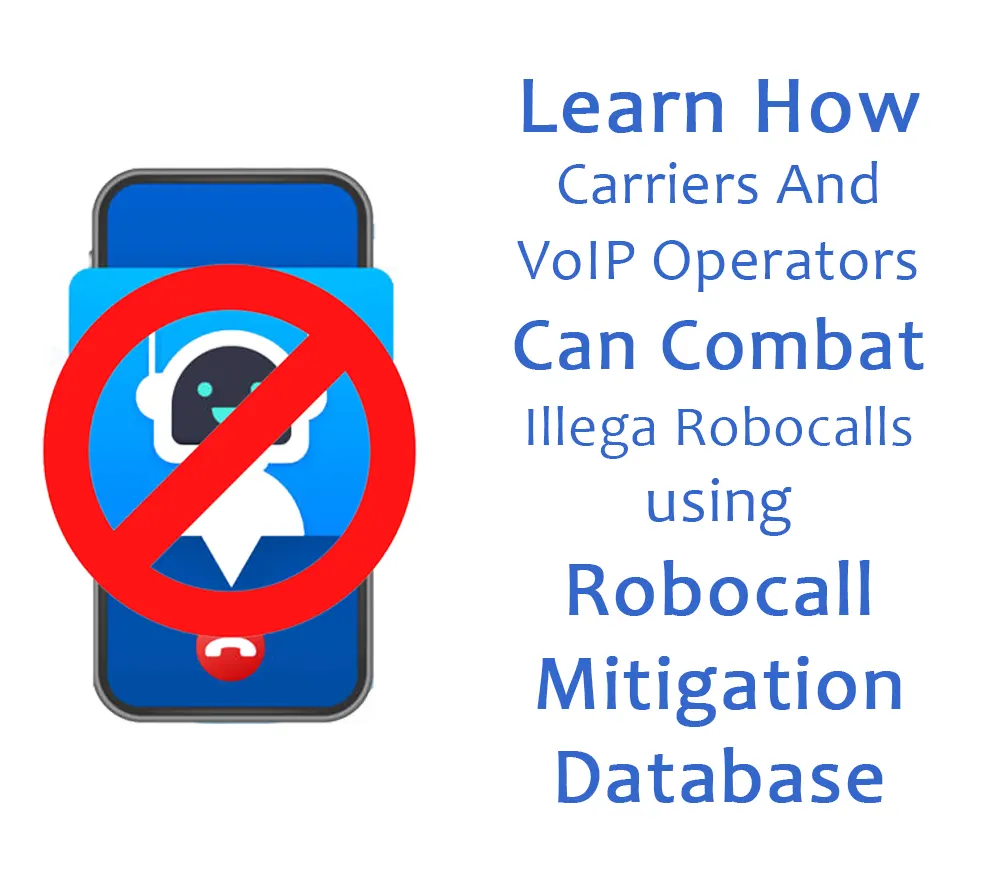How to Get Operating Company Number (OCN) in 4 Easy Steps
The world of telecom is full of identifiers. Every region and country has their own system for identifying telecom and VoIP carriers operating within its jurisdictions.
The purpose is simple, with identifiers, it's easy to enforce laws, regulations and ensure smoother inter operations and accurate billing among the carriers.
For the North American region these identifiers are known as Operating Company Numbers (OCN) and are issued by the National Exchange Carriers Association (NECA).
Besides the obvious benefits of complying with regulatory requirements, the OCN has many operational benefits too. If you’re a carrier wondering how you can get an OCN, you’re in the right place.
This article will guide you through the entire process of acquiring an OCN in a step-by-step manner. Let’s get started then, shall we?
Prerequisites for Applying for an Operating Company Number (OCN)

Telecommunications carriers aiming to acquire an Operating Company Number (OCN) from the North American Exchange Carriers Association (NECA) must fulfill several prerequisites.
This comprehensive guide outlines each prerequisite, along with detailed explanations and instructions on how carriers can complete them.
1. Verify Carrier Status
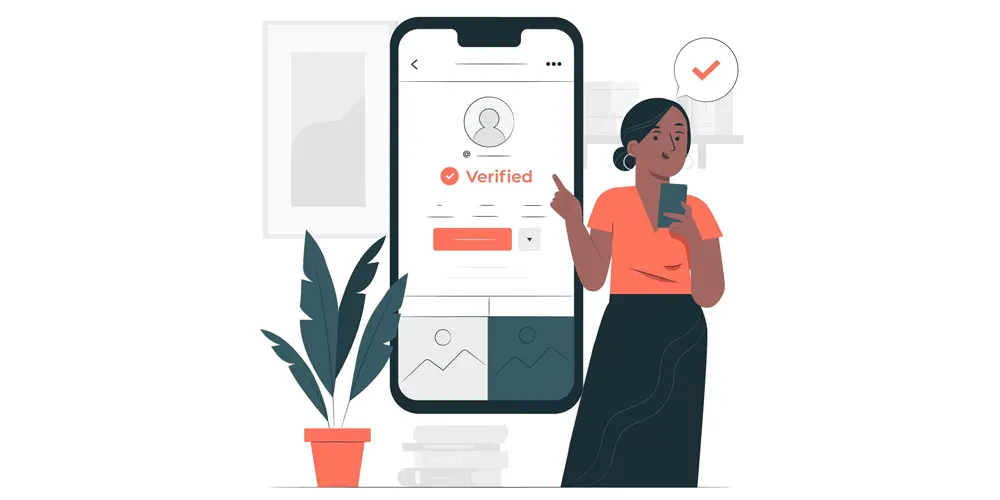
Ensure your organization is officially recognized as a registered and legitimate telecommunications carrier or service provider. This status is crucial as OCNs are designated to entities actively engaged in providing telecommunications services.
Confirm your carrier status by checking with relevant regulatory bodies. Submit any necessary documentation proving your official carrier status.
2. Establish Legal Entity
Your organization must be a legally recognized entity to apply for an OCN. This ensures compliance with legal and regulatory requirements in the telecommunications industry.
Provide legal documents such as articles of incorporation, business registration, and any other pertinent paperwork that establishes your organization's legal status.
3. Assess Operational Infrastructure

NECA requires carriers to have a functional operational infrastructure capable of delivering telecommunications services. This includes the necessary network equipment and systems.
Conduct an internal assessment to ensure your organization possesses the required infrastructure. Document the technical capabilities and readiness of your network.
4. Demonstrate Financial Stability
Carriers need to demonstrate financial stability to ensure they can sustain their operations. This is vital for NECA to gauge the reliability of the carrier.
Provide financial statements, credit reports, and any other relevant financial documentation that portrays your organization's stability and fiscal responsibility.
5. Understand Regulatory Compliance

Familiarize yourself with and commit to compliance with local, state, and national telecommunications regulations, including those set by the FCC.
Regularly update your knowledge of telecommunications regulations. Develop internal policies and procedures to ensure ongoing compliance.
6. Prepare Documentation
NECA requires carriers to submit a comprehensive set of documents, including a completed application form, legal documents, and business plans, etc.
Compile all required documentation meticulously. Ensure the completeness and accuracy of the application form and accompanying paperwork.
7. Acknowledge Regulatory Obligations
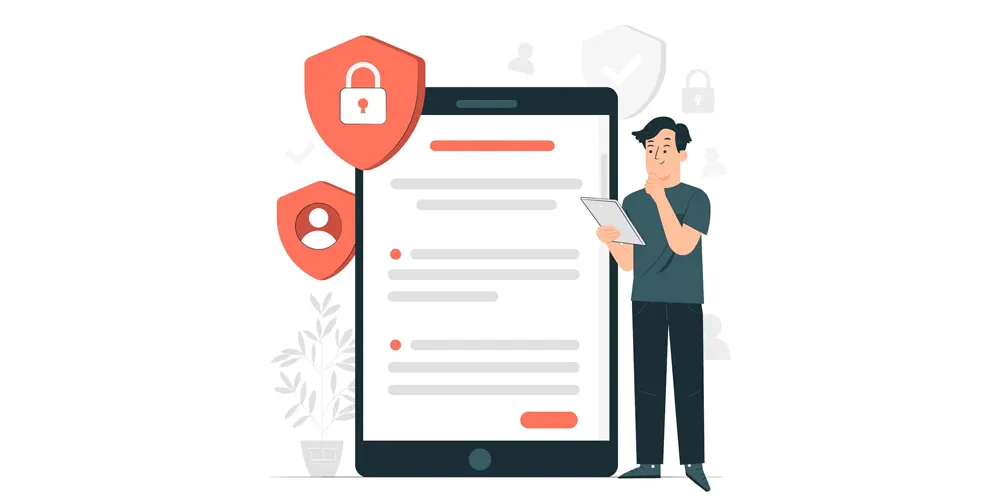
Understand and commit to adhering to the regulatory obligations associated with holding an OCN. This includes ongoing reporting and compliance responsibilities.
Develop an internal compliance plan outlining how your organization will meet and maintain regulatory obligations.
My advice would be to take up one thing at a time and complete each task with finesse. Regularly check NECA’s website for any updates or changes in the requirements for an OCN application. Reach out to them directly for assistance when needed.
How to Apply for an Operating Company Number (OCN) with NECA
We’ve already covered how you should lay the groundwork to begin your journey to acquire an OCN. Now we will learn the actual process of applying for an OCN.
Step 1: Ensure You Fulfill all the Prerequisites

A lot of meticulous documentation is required in the application process of an OCN. start by making sure you have the entire set of required documents.
Depending upon the type of your operations and firms, you will also need to have certain operational permits and licenses. If you don’t already have the required licenses and operational clearance, you should start by getting those.
Once you have the required set of documents, licenses and permits, you can start with the next stage in the process.
Step 2: Determine what Company Code Category You Fall Under

The requirements in terms of documentations and licenses are different for different Company Code Categories. Knowing which category your firm falls under, thus becomes imperative while applying for an OCN.
Here are the categories as defined by the Alliance for Telecommunications Industry Solutions Industry Number Committee.
1. Incumbent Local Exchange Carrier (ILEC)
ILECs are traditional telephone companies that provided local phone service in a specific geographic area before the deregulation of the telecommunications industry.
They typically own the infrastructure (wires, cables, switches) used to provide landline phone service.
2. Regional Bell Operating Company (RBOC)
RBOCs were originally the "Baby Bells," which were created after the breakup of AT&T in 1984. They were the regional subsidiaries of the former Bell System and were responsible for providing local telephone services in specific geographic regions.
3. Competitive Local Exchange Carrier (CLEC)
CLECs are telecommunications companies that compete with incumbent providers (ILECs) by offering alternative local phone services, often using their own infrastructure or leasing lines from ILECs.
4. Personal Communications Service (PCS)
PCS refers to a set of wireless communication services that operate in the 1.9 GHz frequency range. It includes mobile phone services, text messaging, and data transmission.
5. Unbundled Local Exchange Carrier (ULEC)
ULECs are companies that provide local phone service by leasing elements of the incumbent provider's network at wholesale rates, allowing them to offer competitive services without building their own infrastructure.
6. Wireless Carriers
Wireless carriers are companies that provide mobile phone services, including voice, text messaging, and data transmission, using cellular networks. They typically offer subscription plans and sell mobile devices.
7. Internet Provider Enabled Services (IPES)
IPES refers to services enabled by internet providers, including broadband internet access, email services, web hosting, and online streaming platforms. These services rely on internet connectivity to function.
For official definitions and description of company categories, please refer to the official glossary published by NECA.
For most of our customers, i.e. VoIP Carriers, the company code category that they fall under will be IPES.
Step 3: Check the Requirements for Applying to your Specific Company Code
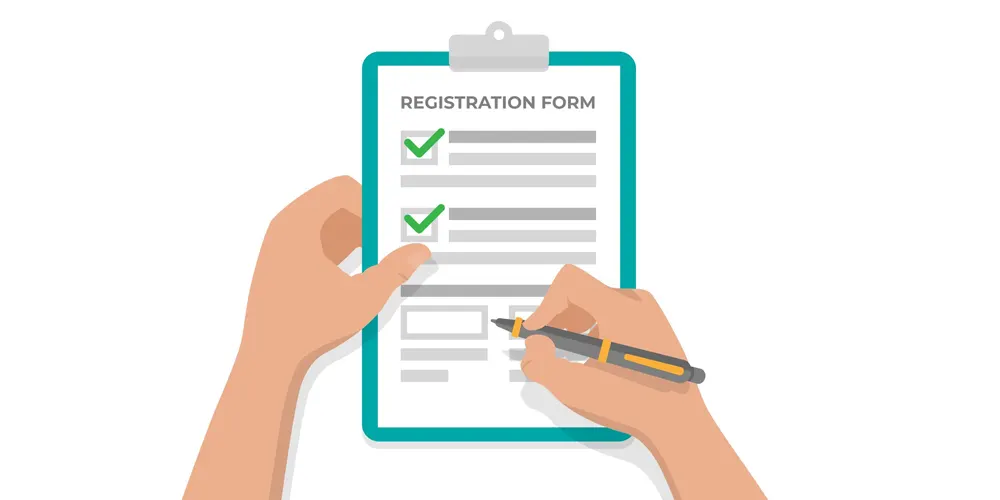
For Incumbent LEC codes.
Find the Incumbent Company Code Request form on NECA’s website.
For Non-ILEC codes
(CLEC, ULEC, CAP, IC, IPES, ETHX, LRSL, WIRE, WRSL, PCS, and PCSR)
Complete the Company Code request form available on NECA’s website. Provide legal documentation proving the service provider’s existence and legal name (e.g., Articles of Incorporation).
For CLEC, ULEC, CAP, LRSL codes
Include certification by the state public utilities commission.
For IC codes
Provide documents required by the state public utilities commission. Contact NECA for assistance if needed.
For IPES codes
Provide proof of service, customers, and a detailed service description. Additional documentation may be requested.
For ETHX codes
Provide proof of service, customers, and a detailed service description. Additional documentation may be requested.
For Wireless or PCS codes
Include a copy of the company’s FCC radio/PCS license.
For Wireless and PCS Resellers
Include a copy of the interconnection agreement with the wireless carrier.
To recap, for our customers, i.e. VoIP Carriers, you have to fill in the Company Code Request Form for Non-ILEC Codes first. After which you need to furnish proof of service, customers, and a detailed service description.
Step 4: Pay the Associated Registration Fees
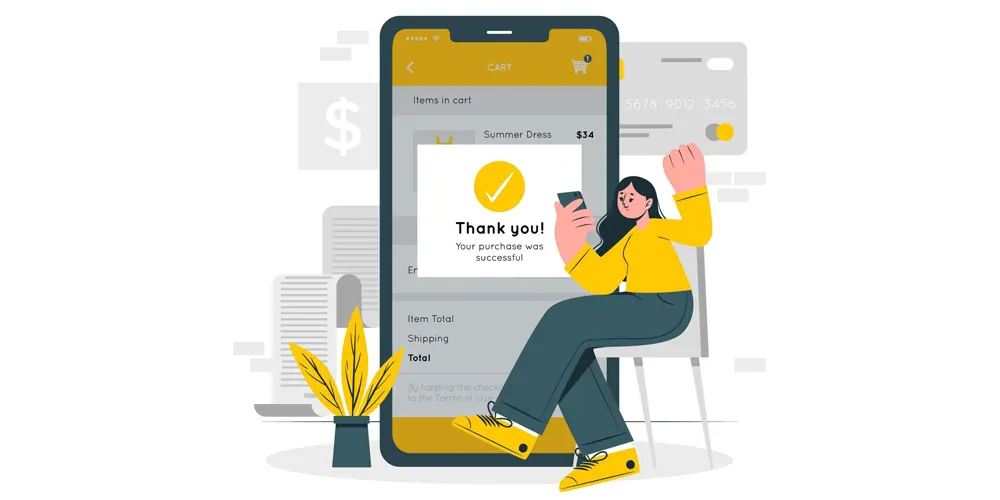
Once you have all your documents in order and prerequisites met, the next step in the process is to pay the registration fees.
As of September 15, 2023, the fee structure for getting an OCN is as follows:
- Standard Company Code - $550
- Express Company Code - $675
- Administrative fee for updates - $100
You can select between the two options and on payment, NECA starts the process of verification and allocation of an Operating Company Code to your organization.
Payment Methods Available
1. Credit Card
NECA will send the applicant an email with a PayPal link for making the credit card payment after submission of the Company Code application and the supporting documentation review is completed.
2. Check/Money Order
Check/Money Order made payable to "NECA" (please state the company name on the memo line).
Checks/Money Orders along with a copy of the Company Code Request Form can be sent to:
Capital One Bank NECA PO Box 2003 Hicksville, NY 11802
3. ACH or Wire Transfer
Routing info: Capital One Bank NECA-Administrative Acct. ABA Transit: 021407912 Account #7057249123
With that, you have just about everything you need to know in order to get yourself an Operating Company Number.
State/Area Specific, Overall Company Code and Combined Entity Company Code Assignments

Getting a single Operating Company Code may not be the end of it. What if your business expands beyond a state or you end up buying one of your competitors. What happens with your OCN then? Let’s find out!
State/Area Specific Overall Company Code
Big telecommunication companies like RBOC, ILEC, CLEC, and ULEC that operate across multiple states get two types of company codes: an Overall Company Code and a unique one for each state they're in.
The state-specific company code is a special ID given to the company for each state or area it serves.
When a company starts in one state and then expands to others, it gets an Overall Company Code. It is like its main ID, plus additional state-specific codes for each new area it enters.
These Overall Company Codes are important. They uniquely identify each separate legal entity that might be connected to the company.
The Overall Company Code is automatically assigned along with the second state-specific code, and it's free of cost.
Combined Entity Company Code (CECC)
Consider a possibility where two or more companies merge or one acquires another. They might decide to keep one company's name. Thus, the surviving company needs to inform NECA by sending a written notification.
This notification should include a signed letter on the company's official letterhead, along with legal documents like Articles of Merger or a Purchase Agreement.
The Company Codes previously assigned to the companies that didn't survive the merger will now point to the records of the surviving company.
These Company Codes that are now linked to the surviving entity are called Combined Entity Company Codes (CECCs). The old company names will then be connected to these CECCs.
It's important to note that the category of the Combined Entity Company Code must match the category of the code associated with the surviving company. One isn't allowed to mix and match categories arising out of mergers and acquisitions.
Combined Entity Company Code Request Form
How to Update / Modify an Existing Company Code
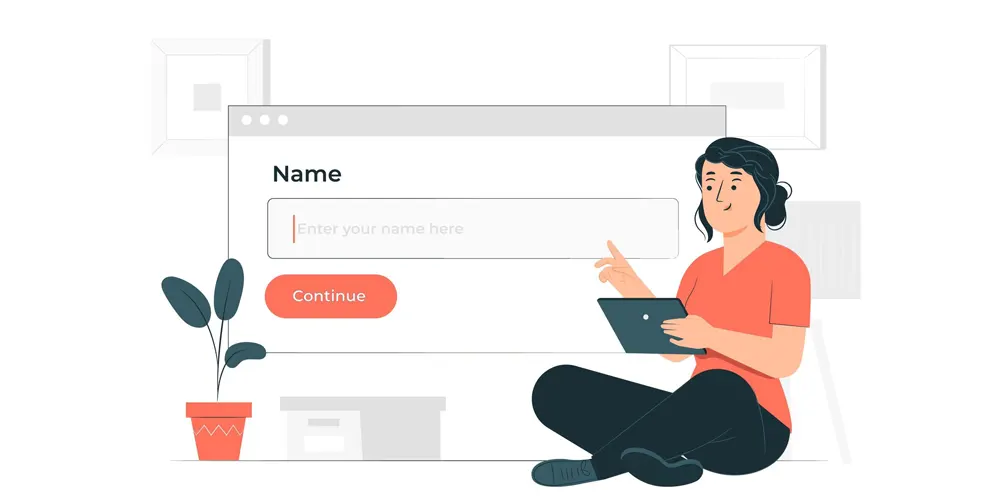
Chances are that as your business grows or as time goes by, a lot of things will change. With regards to OCN, you might need to have the name and contact changed or forfeit your assigned OCNs entirely. How do you do that? Let’s find out!
Name Change in OCN
If the name of the company linked to a Company Code is changed, the holder of the Company Code needs to inform NECA in writing about this change.
They should send a signed letter on the company's official letterhead to NECA, requesting the name change.
Along with this letter, they must submit legal documents like Amended Articles of Incorporation, Articles of Merger, or a Purchase Agreement to support the name change.
Contact Name Change in OCN
If the contact person's name for the company linked to a Company Code changes, the holder of the Code needs to inform NECA in writing.
They should send a signed letter on the company's letterhead to NECA, requesting the name change. Good news is, there's no fee for this update. So thank you NECA for not milking the carriers for fees at every possible opportunity.
Expiration of Existing Operating Company Codes
If any company that's been assigned a Company Code decides they don't need it anymore, they can deactivate or expire it by informing NECA in writing.
You will need to send a signed letter on the company's letterhead to NECA requesting the change. There's no fee for this.
NECA may also deactivate Company Codes if they find out they're not being used anymore due to reasons like bankruptcy. They'll make sure to notify the existing Company Code holder about any changes.
With these final bits, you know everything there is to know about how to get and manage an Operating Company Number. Let’s wrap up then!
To Conclude With
Thanks to the scammers, the compliance regulations you have to follow are increasing. If you’re in the North American region, having an OCN helps you meet many of these compliance requirements.
We’ve covered every important thing you need before applying for an OCN and the process of procuring an OCN too. We hope you had an easy time understanding everything and were able to procure your OCN without any hassle.
Stay tuned for more telecom industry news and such helpful guides!

























